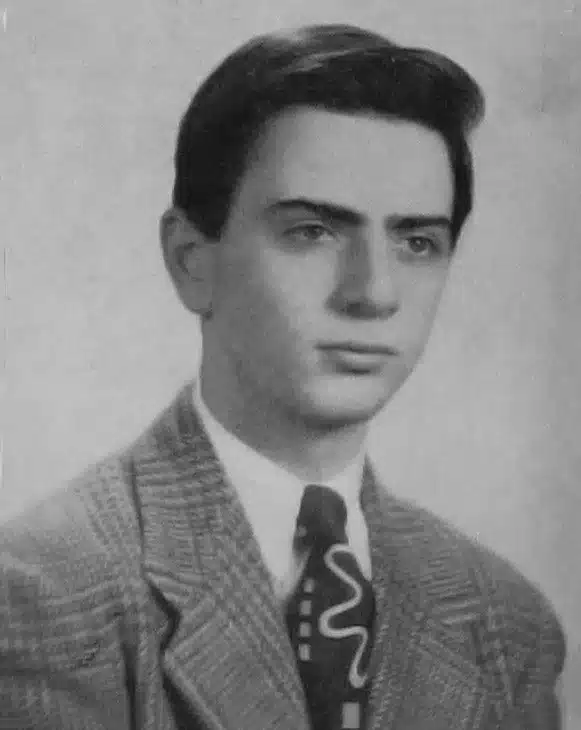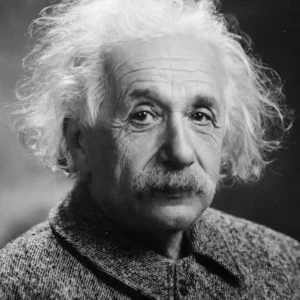Carl Sagan, born on November 9, 1934, in Brooklyn, New York, was an astronomer, astrophysicist, and science communicator whose work has had a lasting impact on popularizing science and space exploration. Through his groundbreaking research, prolific writing, and influential television series, “Cosmos: A Personal Voyage,” Sagan brought the wonders of the universe to the general public. His dedication to making science accessible and his unwavering curiosity about the cosmos have left an indelible mark on the world. This article delves into the life, achievements, and legacy of Carl Sagan, the scientist who popularized the cosmos.
Early Life and Education
Birth and Family
Carl Edward Sagan was born to Samuel Sagan, a garment worker, and Rachel Molly Gruber, a housewife. Growing up in a Jewish family in Brooklyn, young Carl was encouraged to explore his interests and pursue knowledge. His parents fostered his curiosity about the natural world, taking him to museums and providing books on science and astronomy.
Education and Early Influences
Sagan’s fascination with astronomy began at an early age, sparked by trips to the American Museum of Natural History and the Planetarium in New York City. His love for the stars and the mysteries of the universe only grew stronger over time. After graduating from Rahway High School in New Jersey, Sagan attended the University of Chicago, where he earned his bachelor’s, master’s, and doctoral degrees in physics and astronomy.
During his time at the University of Chicago, Sagan studied under some of the most influential scientists of the time, including Gerard Kuiper and Harold Urey. These mentors played a crucial role in shaping his scientific career and fostering his interest in planetary science.
Academic and Professional Career
Early Research and Contributions
Sagan’s early research focused on the atmospheres of planets, particularly Venus. He made significant contributions to our understanding of the greenhouse effect, explaining how the thick atmosphere of Venus traps heat, making it the hottest planet in the solar system despite its distance from the Sun. This work laid the foundation for our understanding of climate change on Earth.
In addition to his work on Venus, Sagan also studied the seasonal changes on Mars, hypothesizing that the variations in brightness observed on the planet’s surface were due to windblown dust rather than vegetation. His research on Mars helped to shape our understanding of the Red Planet and its potential for life.
Teaching and Mentorship
Throughout his career, Sagan was dedicated to teaching and mentoring the next generation of scientists. He held faculty positions at Harvard University and later at Cornell University, where he became the director of the Laboratory for Planetary Studies. Sagan was known for his engaging teaching style and his ability to inspire students to pursue careers in science.
The Search for Extraterrestrial Life
One of Sagan’s most enduring passions was the search for extraterrestrial life. He was a pioneer in the field of exobiology, the study of life beyond Earth, and played a key role in the development of the Search for Extraterrestrial Intelligence (SETI) program. Sagan advocated for the use of radio telescopes to detect signals from other civilizations and was instrumental in the design and launch of the Voyager Golden Record, a message to potential extraterrestrial beings included on the Voyager spacecraft.
Popularizing Science
Writing and Public Outreach
Sagan was a prolific writer, authoring over 20 books and numerous scientific papers. His writing was characterized by its clarity, eloquence, and ability to convey complex scientific concepts in an accessible and engaging manner. Some of his most notable books include:
“The Dragons of Eden: Speculations on the Evolution of Human Intelligence” (1977): This book explores the evolution of human intelligence and won the Pulitzer Prize for General Non-Fiction.
“Cosmos” (1980): Accompanying the television series of the same name, this book takes readers on a journey through the universe, exploring the history of science and the wonders of the cosmos.
“Contact” (1985): A science fiction novel about the search for extraterrestrial intelligence, which was later adapted into a successful film.
“Cosmos: A Personal Voyage“
Perhaps Sagan’s most significant contribution to science communication was the television series “Cosmos: A Personal Voyage,” which aired in 1980. The 13-part series, co-written with Ann Druyan and Steven Soter, took viewers on a journey through space and time, exploring the origins of the universe, the development of life on Earth, and the potential for life elsewhere in the cosmos.
“Cosmos” was a groundbreaking series that combined stunning visual effects, engaging storytelling, and Sagan’s charismatic presence to make complex scientific concepts accessible to a broad audience. The series reached hundreds of millions of viewers worldwide and remains one of the most-watched science programs in history.
Advocacy and Public Engagement
Sagan was a passionate advocate for science education and public engagement. He frequently appeared on television and radio programs, gave public lectures, and testified before Congress on issues related to space exploration, environmental protection, and nuclear disarmament. His ability to communicate the importance of science to society and his dedication to fostering a sense of wonder about the universe made him a beloved figure to many.
Personal Life and Legacy
Family and Relationships
Sagan was married three times and had five children. His third wife, Ann Druyan, was a writer and producer who collaborated with him on several projects, including the “Cosmos” series. Their partnership was both professional and personal, and they remained together until Sagan’s death.
Challenges and Controversies
Throughout his career, Sagan faced challenges and controversies, including skepticism from some of his peers about his high public profile and the speculative nature of some of his research. Despite these challenges, Sagan remained committed to his work and his mission to make science accessible to the public.
Death and Enduring Influence
Carl Sagan passed away on December 20, 1996, at the age of 62, due to complications from myelodysplasia, a rare bone marrow disease. His death was a significant loss to the scientific community and the world at large. However, his legacy endures through his writings, the continued influence of the “Cosmos” series, and the many scientists and science enthusiasts he inspired.
Conclusion
Carl Sagan’s contributions to science and his efforts to popularize the wonders of the cosmos have left an enduring legacy. Through his research, writing, and public outreach, Sagan inspired countless individuals to look up at the stars with a sense of curiosity and wonder. His vision of a universe filled with possibilities and his dedication to making science accessible continue to resonate with people around the world. As the scientist who popularized the cosmos, Carl Sagan’s impact on science and society is immeasurable, and his legacy will continue to inspire future generations.

